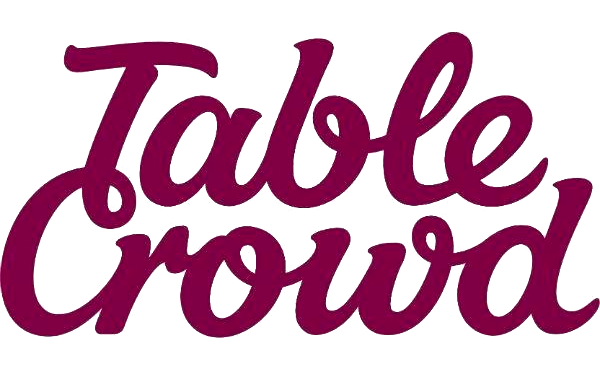Fundraising , Startup Dinners , Tips
3 steps to turning an idea into a valuable business
 At our recent dinner with Forward Partners, their investor Matthew Bradley enlightened his fellow diners on their framework for making an idea into a viable business within 12 months. (Hey – everyone loves a deadline!) So, here is a taster into the glory of their three step-process:
At our recent dinner with Forward Partners, their investor Matthew Bradley enlightened his fellow diners on their framework for making an idea into a viable business within 12 months. (Hey – everyone loves a deadline!) So, here is a taster into the glory of their three step-process:
- Idea Validation
> First and foremost, get a landing page up and running. Put your idea out there for people to see.
> You need to be honest with yourself about your customers. Do super deep customer research. (Don’t spend lots of money at first!) Talk to as many customers as possible, as there are so many uncertain things when a business is small. You need to be 100% sure there’s a need for you business (aim for 100 people to start).
> Develop the product – do surveys, they should inform your product development. This will save money and time. Don’t plough money into things that don’t work.
> Trouble shoot your process. You need a solid foundation from acquisition to delivery. Knowledge is paramount. > Find customers that will want your product/service and deliver it to them at the least amount of fixed cost. Make things as easy as possible. - Building a valuable product
> Be comfortable will spending money on teach and marketing.
> Build the least amount to give the highest amount of service.
> Monitor the reactions to your business. Constantly listen to your customer and react to what they say.
> With a validated idea you can start the search for your co-founder. - Creating a valuable business
> Get into the habit of growth – the next 6-12 months is about getting up to series A. Aim for 30% month on month growth.
> Try different marketing channels. Test the channels. Be prepared to hire marketing pro(s).
> You should now be in a good position to scale.
> Be customer-centric. This will ensure you’re successful.
> We all want to be perfect. You don’t need to get everything perfect. Just optimise.
> Product direction will change, get the data and learn from it.
Head here for a more detailed look into Forward Partners’ The Path Forward framework.




